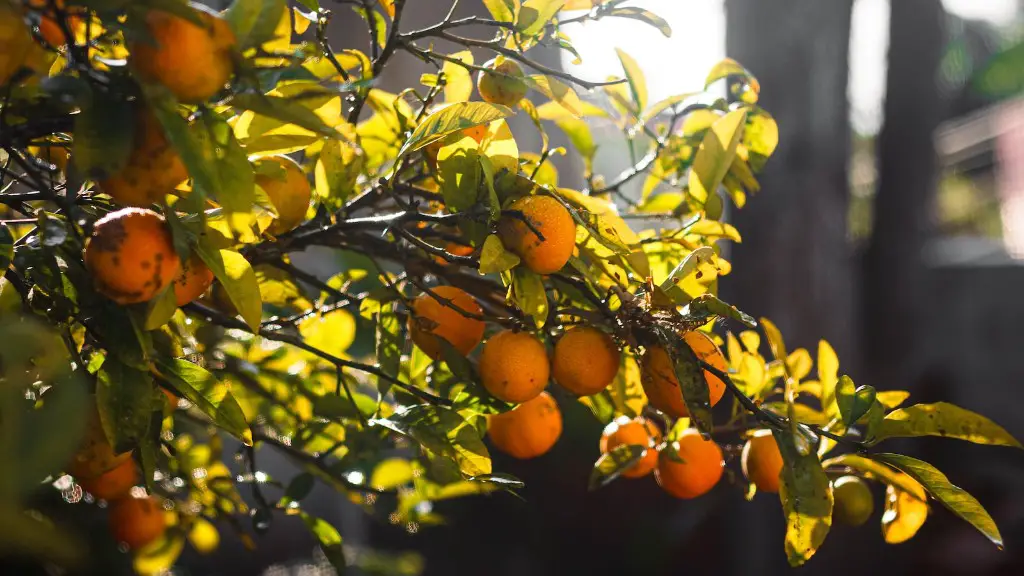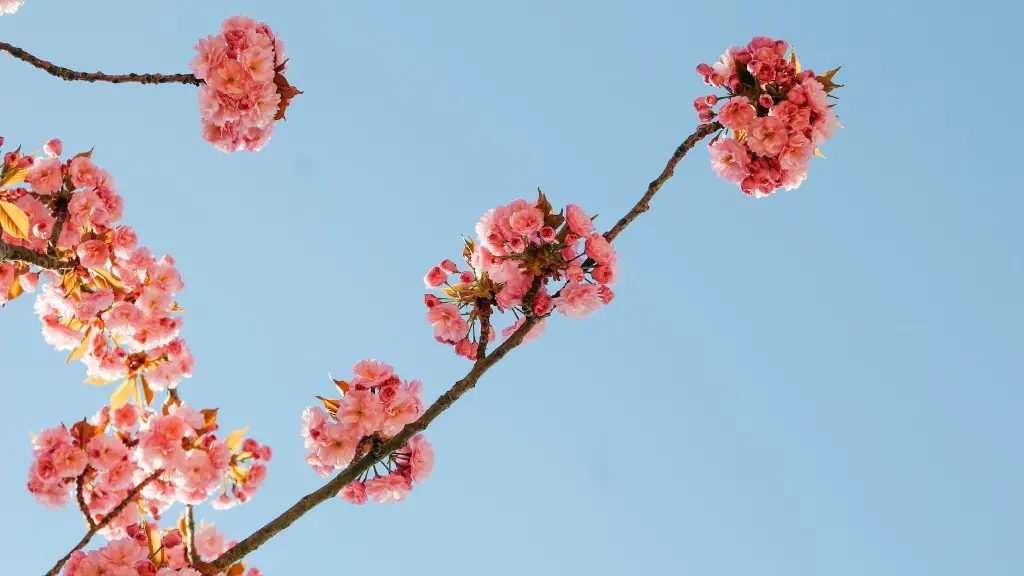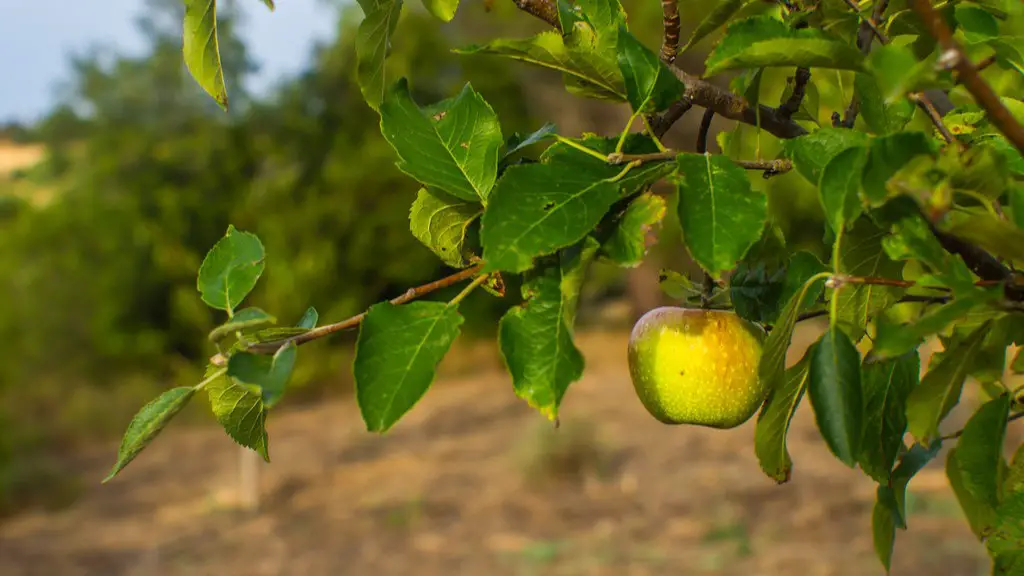Pruning a lemon tree affected by gall wasp can be a challenge, but it is definitely doable if you take the proper steps. First, you need to inspect the plant, looking for trunk damage or suspicious bulges or swellings, as these can be indicative of the presence of gall wasps. You should also look for sawdust or sap near any affected areas. Once you’ve identified signs of the wasp in your lemon tree, it’s time to prune. Here’s how:
Removing Affected Branches
Start by removing the most severely affected branches. Make sure to cut back to a healthy area of the plant, where you can access the entire branch. Uprooting an entire branch and throwing it away is preferable to leaving the gall wasp to spread. Be sure to dispose of the branch immediately, so it doesn’t reinfect your tree.
Disinfecting Pruning Tools
You’ll need to disinfect your pruning tools to prevent the spread of the gall wasp. You can do this by wiping the blades off with rubbing alcohol or a diluted bleach solution. Doing so will help ensure that any residual bacteria or fungal spores are killed off, thus helping to keep your lemon tree safe.
Preventing Insecticide Use
While using an insecticide to get rid of the gall wasp may seem like a good idea, it can actually be a bad one. Insecticides can be harmful to plants, and some of them can even be toxic to humans. To be safe, it’s best to stick to manual pruning and removal of the wasps.
Alternatives To Pruning
If you don’t want to go through the hassle of pruning, there are a few alternatives. For one, you can try setting up a trap for the gall wasps. These traps are generally made from empty plastic bottles, and can be filled with a sugar-water mixture. This will attract and trap the wasps, helping to reduce their population around your lemon tree.
Natural enemies of gall wasps
Another thing you can do to naturally deter gall wasp infestations is to attract their natural predators. These include birds, spiders, and even other wasps. You can use nesting boxes to attract birds and encourage them to eat the wasps, or you can plant herbs, such as oregano or basil, which will attract beneficial insects to your garden and help control the population of gall wasps.
Introducing Beneficial Insects
Finally, you can introduce beneficial insects to your lemon tree’s surrounding environment. These insects will help keep the population of gall wasps in check, as they prey on them and keep them from getting out of hand. Ladybugs and lacewings are both good examples of beneficial insects that will help keep your lemon tree safe from gall wasp infestations.
Using traps to capture the gall wasps
Trapping gall wasps is another method for controlling their population on your lemon tree. Traps for gall wasps come in several different varieties, including the “tea trap”, which is a green tea-based bait placed in a jar or tube. The wasps are attracted to the sugary liquid, and once they enter the jar, they can’t escape. Other popular traps include the hanging sticky ball trap, the bottle trap, and the plastic cup trap.
Insecticides
If the infestation becomes too severe, insecticides may be necessary. It’s important to note, however, that insecticides can be harmful to both plants and people, and should only be used as a last resort. If you do decide to use an insecticide, be sure to read the instructions carefully and take all necessary safety precautions.
Manually removing the gall wasps
If the infestation is localized, you can try manually removing the gall wasps from your lemon tree. To do this, you’ll need to remove the affected leaves and branches, then inspect them for the presence of the wasp. If you find them, you can simply pick them off with tweezers and dispose of them.
Use of beneficial predators
You can also attract beneficial predators to your garden, such as spiders, lacewings, and birds. These creatures will hunt and feed on gall wasps, helping to reduce their population. You can try planting certain herbs, such as oregano and basil, which will attract these beneficial predators, or you can build nesting boxes to attract birds.


